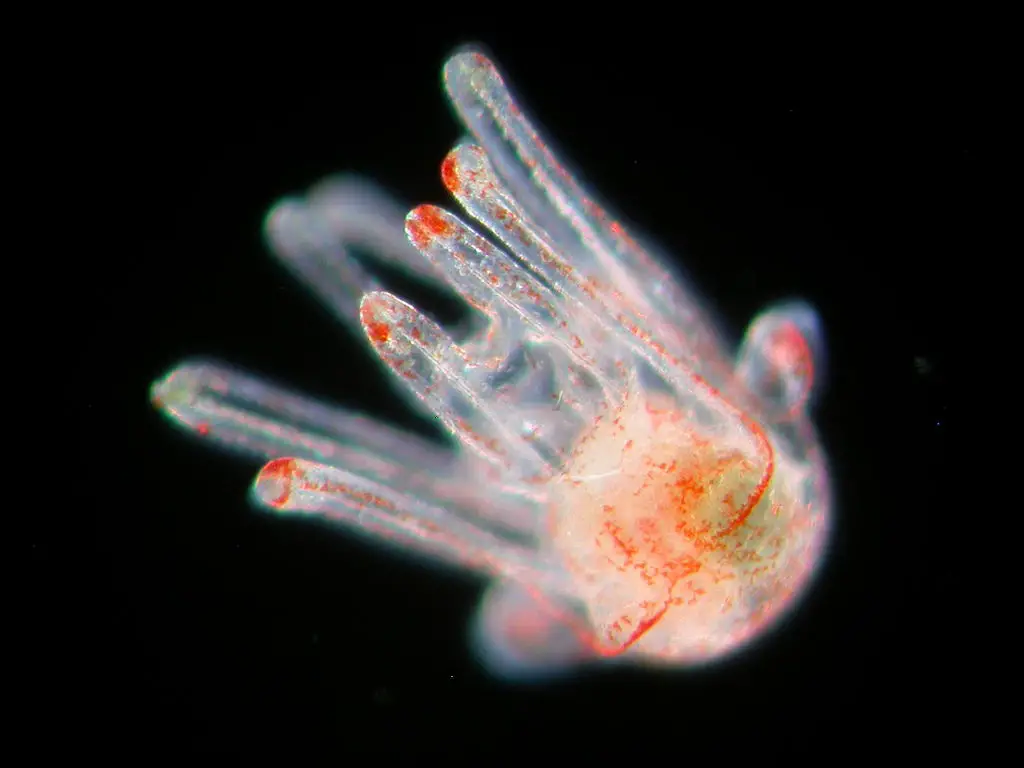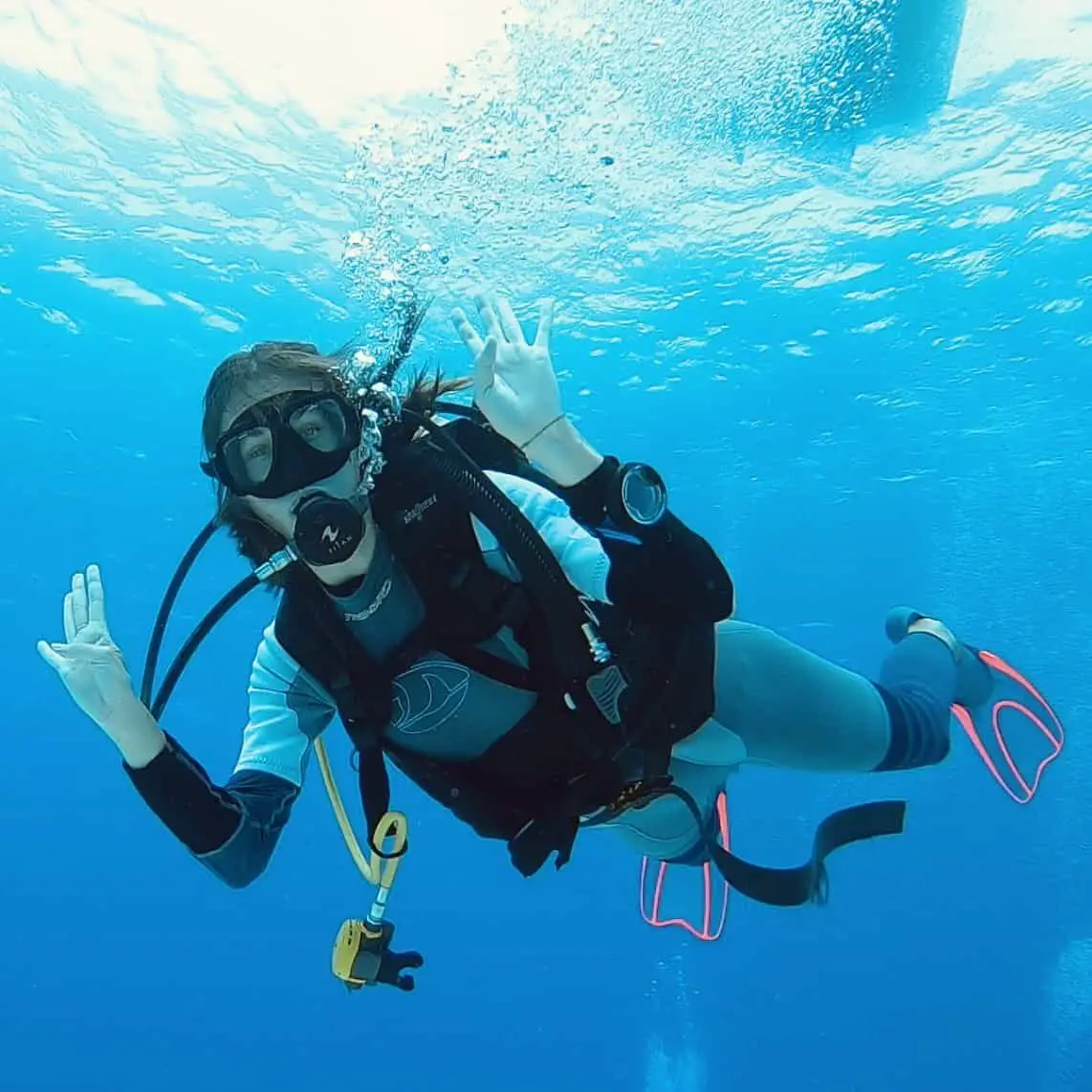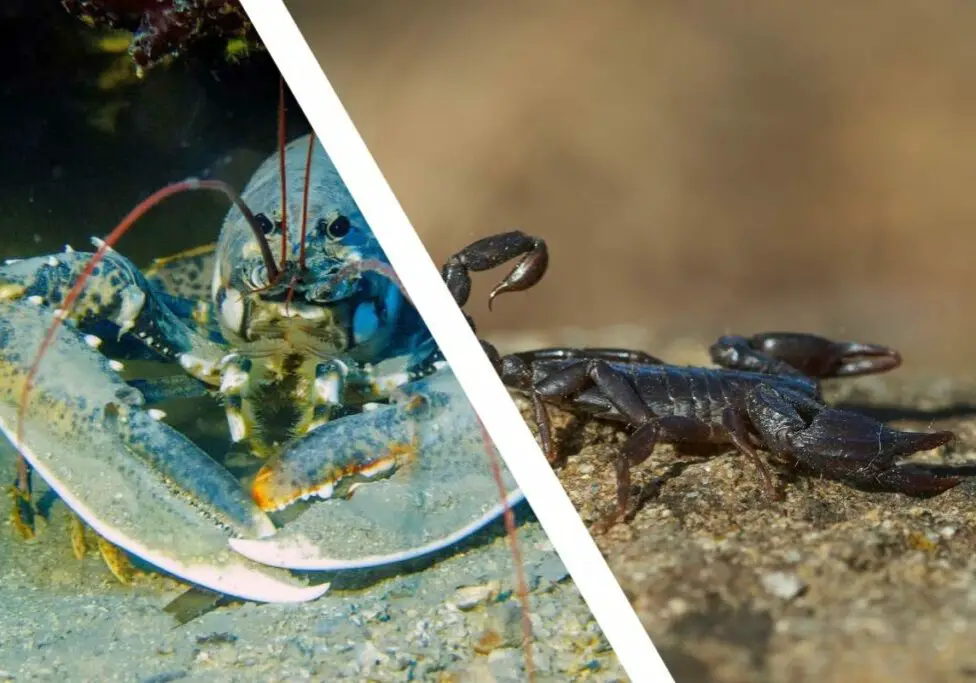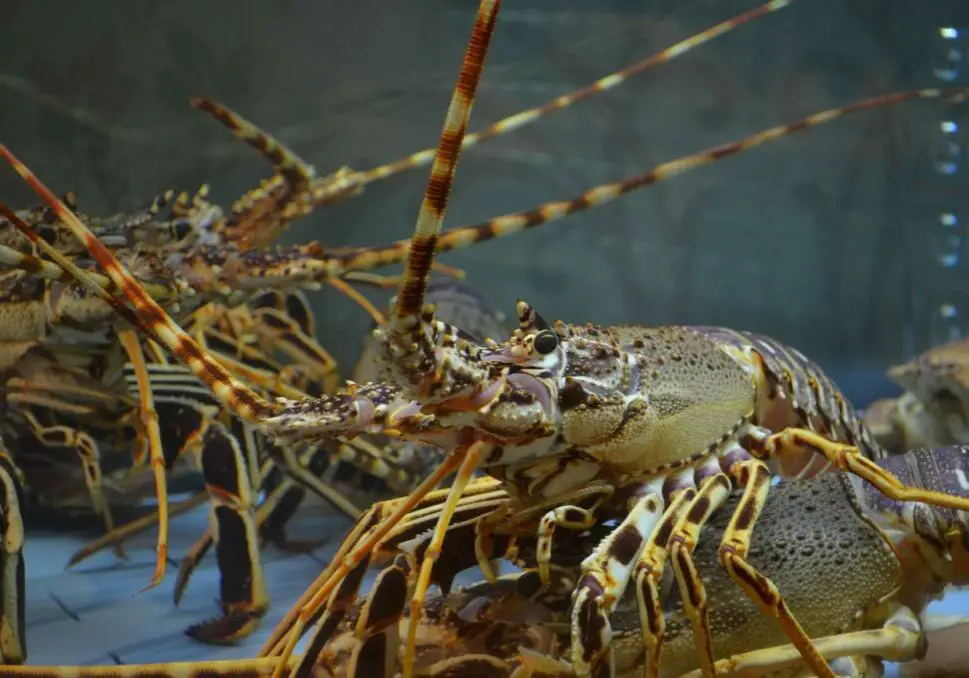How Do Sea Urchins Reproduce? (Explained)
Sea urchins are one of the marine creatures that belong to Echinoderms. They look completely different when alive or dead so have you ever wondered what their complete life cycle looks like or how do they reproduce? In this article I’ll answer all these questions but let’s begin with a quick answer:
Sea urchins reproduce sexually through a behavior called broadcast spawning. Several females and males release their eggs and sperm into the water column, where fertilization takes place. Sea urchins can also reproduce asexually by cloning themselves during the larval stage.
However, that certainly doesn’t tell the whole story. Below I’ll explain in detail how and when sea urchins reproduce sexually or asexually. I’ll also explain every stage of the sea urchins’ life cycle: their larval, juvenile, and adulthood stages. Read on!
Sexual reproduction
Broadcast spawning
Sea urchins reproduce through a behavior called broadcast spawning. This is a common form of sexual reproduction used by many marine invertebrates. During this process, several females release their eggs and several males release their sperm into the water column, all at the same time.
With this method, billions of gametes (sperm and egg combination) are spewed into the water, increasing the likelihood that eggs will be successfully fertilized and won’t be eaten immediately by predators on the bottom of the ocean.
Larvae
Once fertilization is completed, all fertilized eggs are floating as members of the plankton. They’re developing into larvae for a month or longer. The exact amount of time of this process may vary depending on the species and the conditions. The first organ that forms is the anus, and following the mouth comes.
After that, the larvae form a rudimentary skeleton with two long arms (Pluteus 2-arms). Next, they develop four arms (Pluteus 4-arms), six arms (Pluteus 6-arms), and later – eight (Pluteus 8-arms). They feed as they slowly grow and after about six weeks, they reach a size of about 0.03 inches (0.0762 cm).

Juvenile
Next, larvae sink to the bottom, bury in sand, and their metamorphosis begins. They basically grow the juvenile urchin form inside of the larva’s body. When the time comes, they turn themselves inside out like a sock. They stick their tube feet (sticky spines) out of the side of their larva bodies, grab hold of the rocks or the bottom of the seafloor, and within a few hours, they become more similar to the sea urchins we know.
Adult sea urchins
Adult sea urchins grow to about one to four inches (3 – 10 cm). There are about 950 species of sea urchins, and you can find them nearly worldwide, in every ocean and nearly every depth zone. The particular location may differ depending on species and conditions.
They use their sharp spines to protect themselves and move around the seafloor. They mostly feed on algae, plankton, kelp, periwinkles, and sometimes barnacles and mussels. They eat by scraping food off rocks and grinding up using their sharp teeth, called Aristotle’s lantern.
We used to believe that these animals lived for about 15 years. However, the new techniques of determining sea urchin ages showed that the red sea urchin could live to be 100 years old, or even 200 years and more! This classifies them to be one of the oldest living animals on Earth.
The marine zoologist Thomas Ebert says “No animal lives forever, but these red sea urchins appear to be practically immortal. They can die from attacks by predators, specific diseases, or being harvested by fishermen. But even then they show very few signs of age. The evidence suggests that a 100-year-old red sea urchin is just as apt to live another year, or reproduce, as a 10-year-old sea urchin.”
Asexual reproduction
A few years ago, biologists discovered that an irregular sea urchin – sand dollar larvae, can clone itself in response to the presence of the fish mucous – a signal of predators. This way, they are a less obvious target as the copied larva is about half the size of the original one.
This asexual reproduction of sea urchins is accomplished by fragmentation, which can also be described as cloning. It involves dividing the body into two or more parts. This form of reproduction also occurs in other Echinoderms species, such as sand dollars, brittle stars, and sea cucumbers.
Successful fragmentation requires a body wall that can tear and seal wounds that result. In some asteroid species, fragmentation occurs when two arms groups pull in opposite directions, and this way, they tear the animal into two pieces.
During the regrowth process, they have a few tiny arms and one large arm, often called ‘comets’. In the irregular sea urchins’ case (sand dollars) – only the larvae can reproduce this way, and it’s their strategy to avoid being eaten alive.
When do sea urchins reproduce?
Spawn-including factors are complex, and some species may spawn annually, seasonally, or spawn throughout the year. No field studies have convincingly shown the relation between environmental cues and spawning for sea urchins.
Several have suggested that spawning may be triggered when sea urchins detect an increase of Phytoplankton during the spring bloom. Others presented an association with a lunar cycle, temperature, light, or water salinity.
The timing of spawning is critical to reproductive success, especially concerning two crucial processes: fertilization and larval development. For fertilization, there must be spawning synchrony between males and females. This synchrony strongly influences fertilization rates because of limited longevity and rapid dilution of the gametes.
Furthermore, spawning should occur at a time of year when larvae have a high probability of surviving and developing. And this, again, depends on a lot of factors like temperature, lunar cycle, light, and water salinity.
How quickly do sea urchins reproduce?
The process from fertilization to sea urchin development may take about two months, depending on the conditions. It takes them about 3 to 5 years to reach full maturity.
Resources
- Gaudette, Julien & Wahle, Richard & Himmelman, John. (2006). Spawning Events in Small and Large Populations of the Green Sea Urchin Strongylocentrotus droebachiensis as Recorded Using Fertilization Assays. Limnology and Oceanography – LIMNOL OCEANOGR. 51. 1485-1496. 10.4319/lo.2006.51.3.1485.
You may also like:

Welcome to Bubbly Diver!
I’m glad to see you here. This blog is created for all marine creature lovers by a bubbly diver - me, Dori :)


